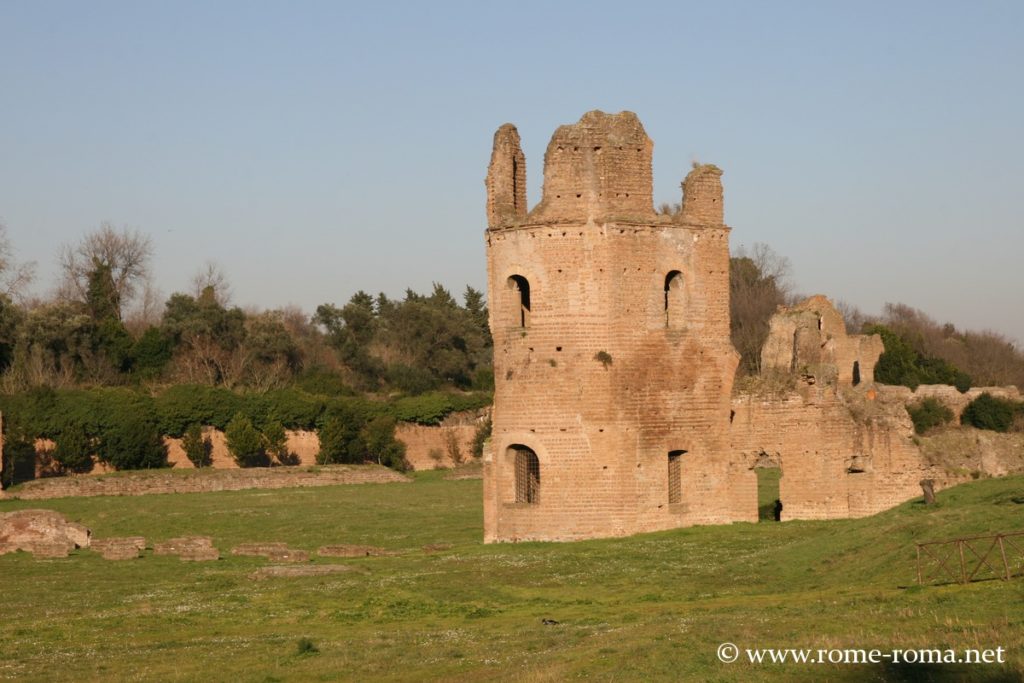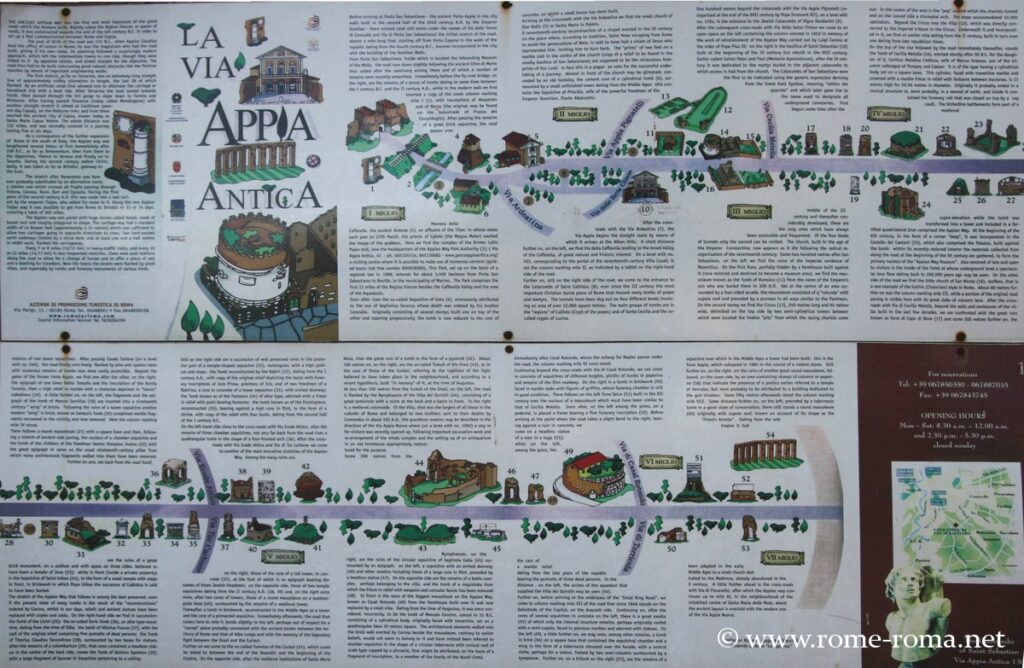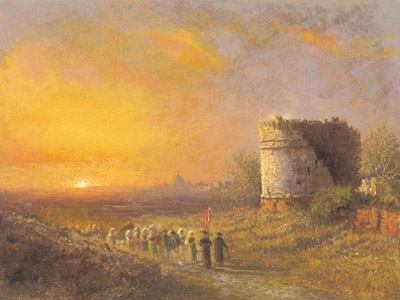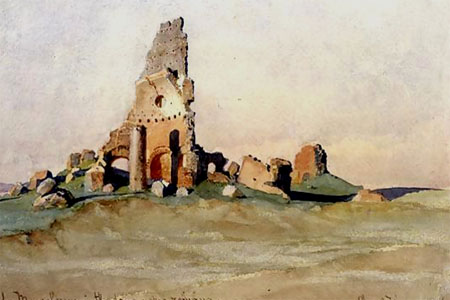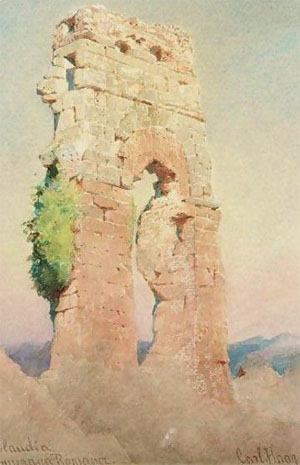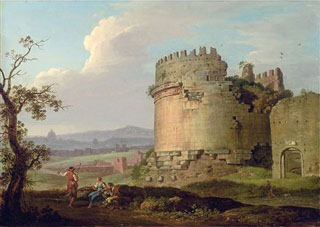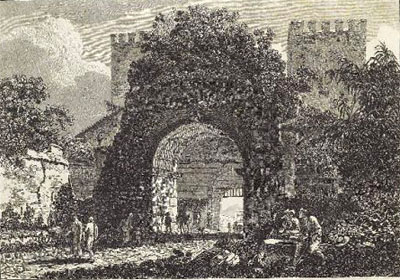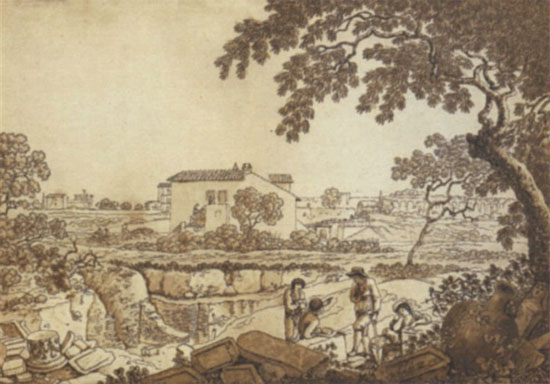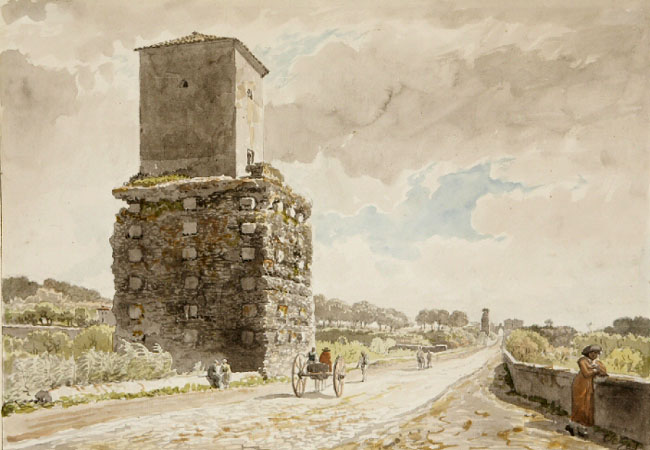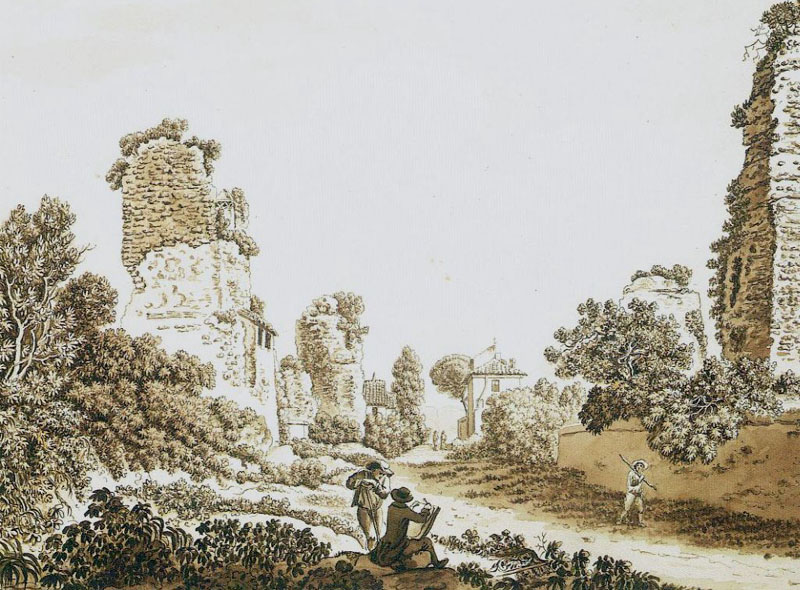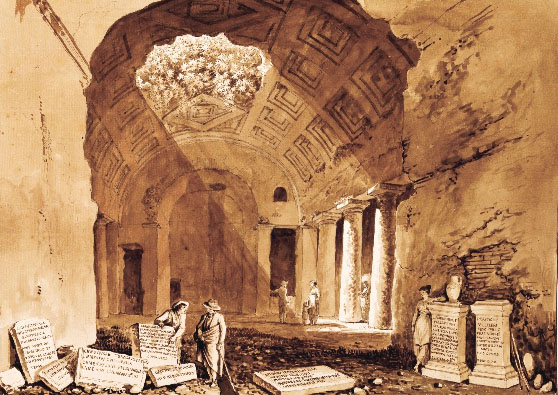The Appian Way, the first paved road built by the Romans, leads southeast out of Rome through the Saint Sebastian Gate. A large natural and archaeological park has been developed along it and in the surrounding areas, covering 3,500 hectares, with its many mausoleums and funerary monuments, Jewish and Christian catacombs, villas, and Roman buildings.
It’s the countryside just steps away from the city center, a vast green space amid urbanized zones. The Appian Way is a fascinating place, both for relaxation and for stepping back in time to discover the many ruins lining the road, crossing fields and meadows, where goats and sheep frequently roam.
From our point of view, it is one of the most remarkable discoveries in Rome, with a unique charm just steps from the chaotic urbs.
How to Explore the Appia Antica
The Appian Way can be explored on foot at a leisurely pace, but cycling is well suited for the site, helping avoid a repetitive return (although public transport can be used for that). In addition to the ancient Roman road and the many sites along it (mausoleums, catacombs, archaeological sites, etc.), you can also visit the Caffarella Park and other slightly more distant areas: Tombs of the Via Latina, Park of the Aqueducts, etc.
You can start a walk along the Via Appia from the Aurelian Walls and the Saint Sebastian Gate (only during the day on Sundays—otherwise, it’s better to start from the Church of Quo Vadis on other days if on foot due to traffic). From there, it is possible to freely follow the Roman road for nearly 15 km, including 6 km beyond the G.R.A. (ring road), up to the area in the municipality of Marino where it merges with the Via Appia Nuova, about 4 km from Castel Gandolfo and Lake Albano.
Main Sites to Visit
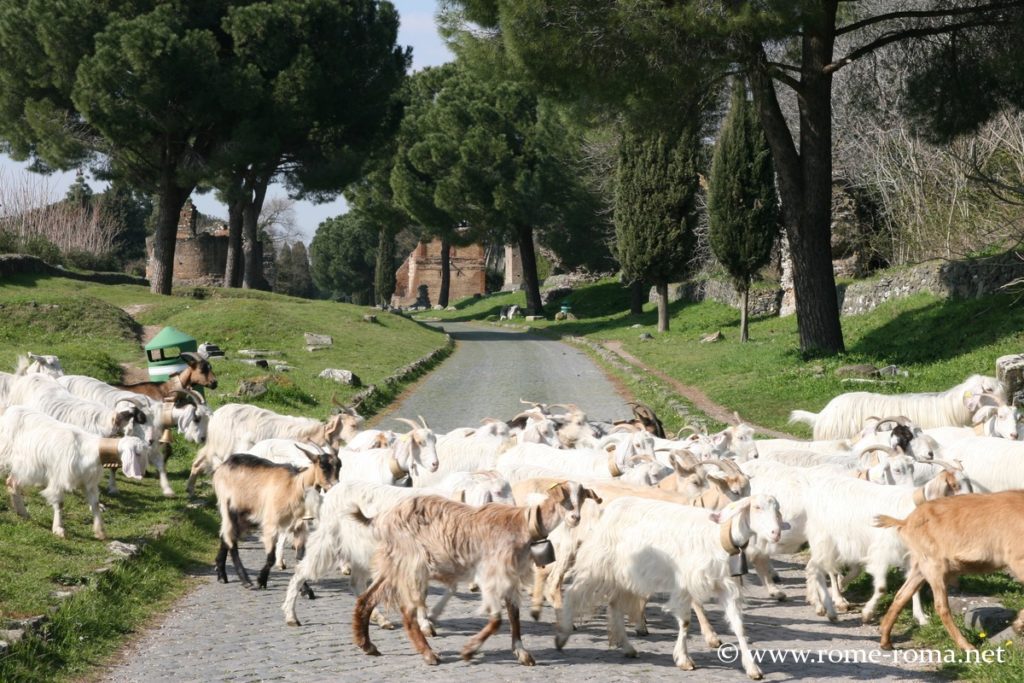 About 2 km from the Aurelian Walls and the Saint Sebastian Gate are three major Christian catacombs (Saint Sebastian, Domitilla, and Saint Callixtus), then not far away the Circus and Villa of Maxentius 2.5 km from the gate, the Mausoleum of Cecilia Metella 3 km away, Capo di Bove, and the Villa of the Quintili 6.5 km along.
About 2 km from the Aurelian Walls and the Saint Sebastian Gate are three major Christian catacombs (Saint Sebastian, Domitilla, and Saint Callixtus), then not far away the Circus and Villa of Maxentius 2.5 km from the gate, the Mausoleum of Cecilia Metella 3 km away, Capo di Bove, and the Villa of the Quintili 6.5 km along.
Near the Appian Way, you’ll also find the vast Caffarella Park, the Park of the Tombs of the Via Latina, and a bit farther, the Torre Fiscale Park and the larger Park of the Aqueducts. These last two are crossed by several aqueducts of ancient origin.
→ See also the itinerary of the Appian Way in Rome
Entry to the Circus and Villa of Maxentius, open Tuesday to Sunday from 10 a.m. to 4 p.m., is free.
Gallery
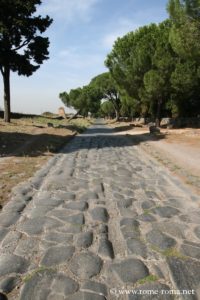
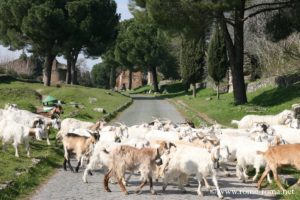
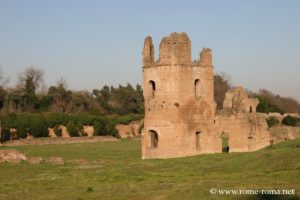
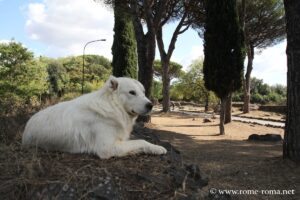
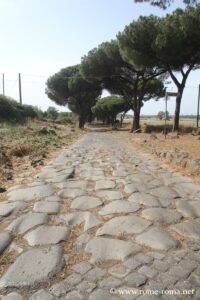
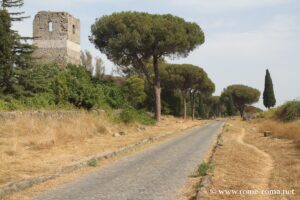
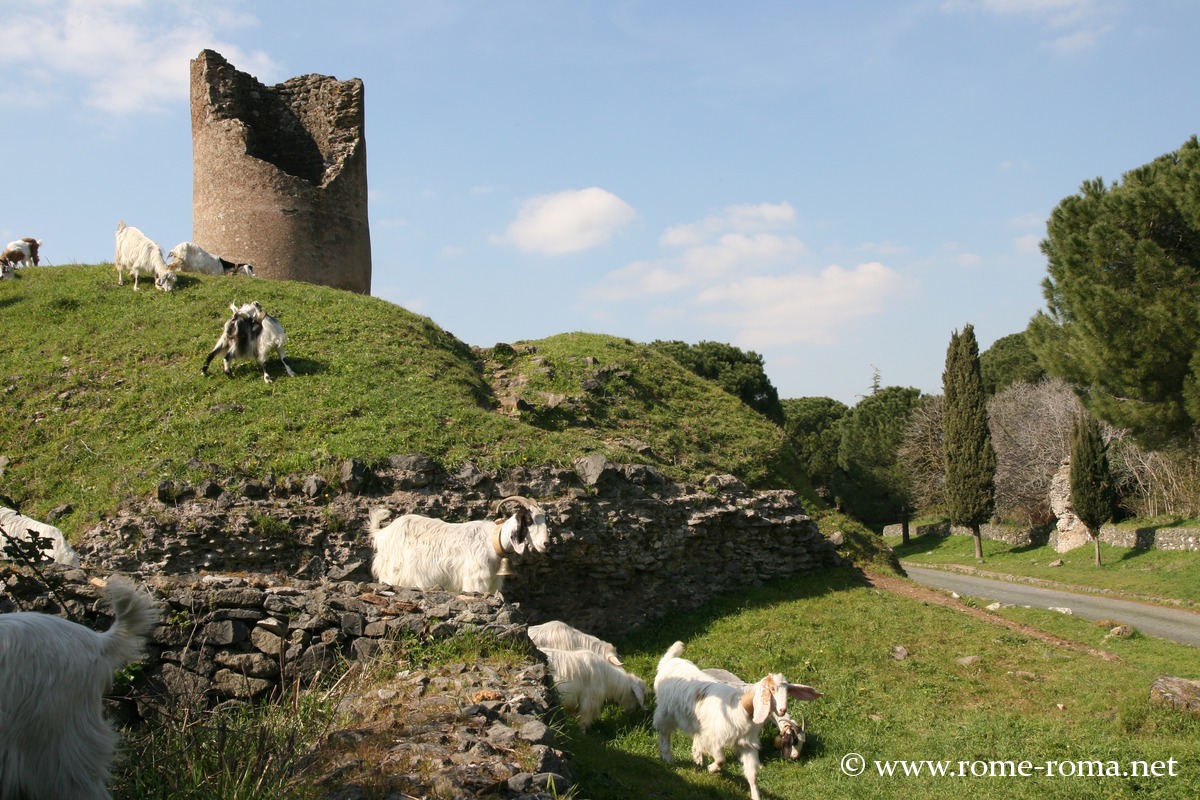
Information and Visits
| Via Appia Antica |
Sources and Information
|
Places on Via Appia Antica
Articles about the Appian Way
Map and address
Address : Via Appia Antica, RomaIf you see this after your page is loaded completely, leafletJS files are missing.

